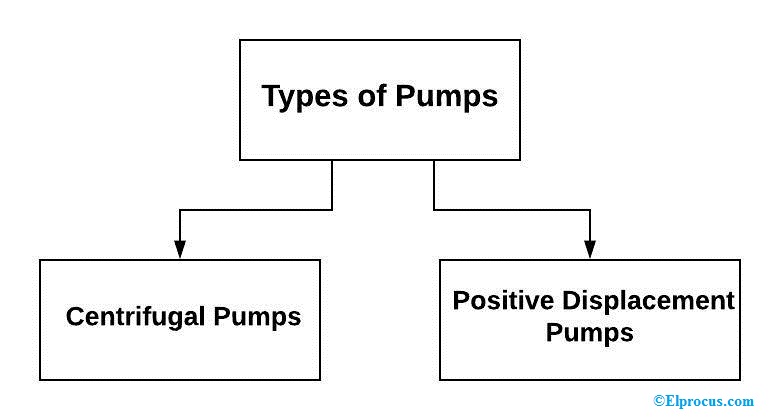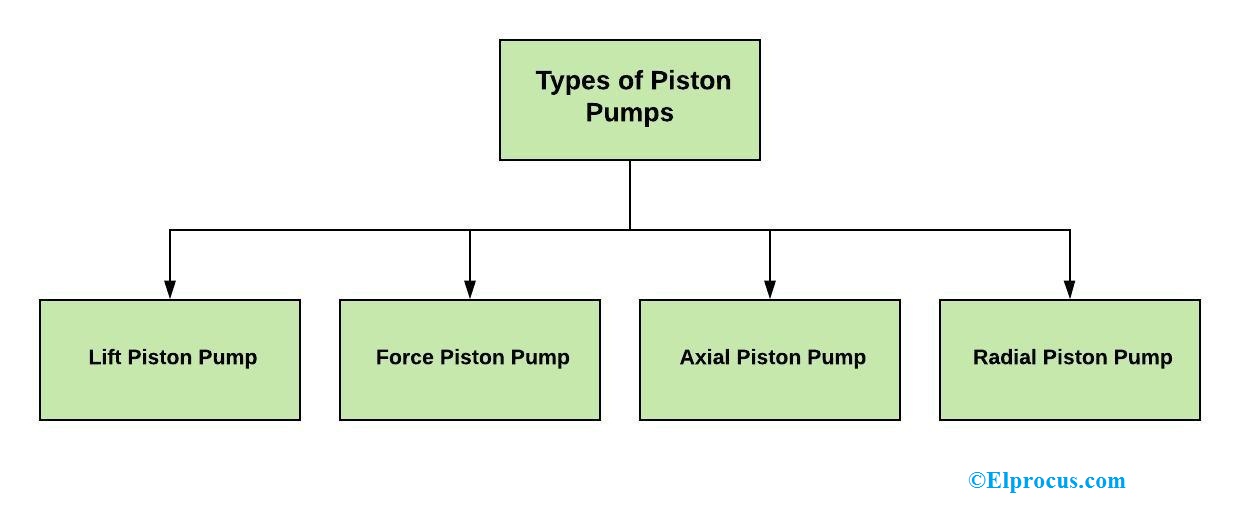Operation of generators on ships
Hi friend! Today I would like introduce for you : "Operation of generators on ships" Generator Engine (G / E) have the function, the task of generating electricity to supply electrical appliances on board. Speaking of light, we often think of a combination of diesel (diesel engine) hybrid generator (Alternator)..

101 Important Things to Check While Starting Fuel Oil Purifier on Ships???
Every engine room machinery system needs systematic step-by-step starting and stopping procedures to ensure smooth running. The number of things to consider while handling ship’s machinery system, depends on aspects such as equipment type, making etc.

An outline of the Maritime Labour Convention 2006 (MLC 2006)
Dear friends! The world currently has about 1.2 million seafarers working on ships, transporting some 90% of global merchandise trade. Facing freight demand is increasing, raising the quality and ensure the rights and obligations of the crew working on the sea is a world problem being very interested. So, on 02/07/2006, at the 54th Conference of the ILO, with the participation of nearly 100 member states, has agreed to build the Maritime Labour Convention 2006 (MLC 2006).

Operating procedures bilge separator machine USH-20 of the company Taiko Kikai
Replace these every slider sentences with your featured post descriptions.Go to Blogger edit html and find these sentences.Now replace these with your own descriptions.This theme is Bloggerized by Lasantha - Premiumbloggertemplates.com.

Types of Mechanical Measuring Tools and Gauges Used on Ships
Machinery onboard ships require regular care and maintenance so that their working life and efficiency can be increased, and the cost of operation, which includes unnecessary breakdowns and spares, can be reduced. For different types of machinery and systems, various measuring tools, instruments and gauges are used on a ship.

Thursday, October 3, 2019
 4:02 AM
4:02 AM
 Around the world
Around the world
 3:59 AM
3:59 AM
 Around the world
Around the world
There are some factors need to be considered while selecting the pump that includes the following.
 3:58 AM
3:58 AM
 Around the world
Around the world
Water pumps are classified into two types namely positive displacement and centrifugal. These pumps are mainly designed for supplying water from one location to another constantly.

Centrifugal Water Pump
Considerations
Positive Displacement Water Pump
Considerations
 3:55 AM
3:55 AM
 Around the world
Around the world
If we reside in a city or town, we almost don’t think how the water is supplied to our residents every day. Small villages also frequently supply a set-up of pipes to transfer water for every home within the region. All we require to recognize is how to open the valve at the sink. Because the internal working is not visible, and the water supply is not dependent on the neighbors down the road. Every home has owned well and electromechanical system to draw the water from well and supply to the home. This article discusses an overview of the water pump and its working, types and their applications.
What is Water Pump?
The water pump can be defined as a pump which uses the principles like mechanical as well as hydraulic throughout a piping system and to make sufficient force for its future use. They have been approximately in one structure otherwise another because of early civilization. At present these pumps are utilized within a wide range of housing, farming, municipal, and manufacturing applications.
Water Pump Working Principle
The working principle of a water pump mainly depends upon the positive displacement principle as well as kinetic energy to push the water. These pumps use AC power otherwise DC power for energizing the motor of the water pump whereas others can be energized other kinds of drivers like gasoline engines otherwise diesel.
The water pump is a portable device and can be applied in several household applications. These pumps are used for pumping the huge amount of water from one place to another. The main purpose of a water pump is versatile. A quality pump which can be selected carefully may be perfect for draining water from a low flooded region, refilling the swimming pool, and bathtub, circulating pesticides otherwise fertilizers.
The collection of water pumps are very large, therefore, while selecting a strong and consistent one, one should think about the requirement.
 3:48 AM
3:48 AM
 Around the world
Around the world

Lift Piston Pump
Force Pump
Axial Piston Pump
Radial Piston Pump
 3:42 AM
3:42 AM
 Around the world
Around the world
The piston pump is strong, as well as simple devices. These pumps are made with a chamber, a piston, and a couple of control devices. These pumps function by flowing downward into the chamber, thus reducing the media within a hand pump. When the air pressure surpasses from the opening valve spring, then the reduced media can be sent throughout the open exit valve. As the piston is drawn back-up, then it releases the inlet valve & shuts the outlet valve, thus suction can be used to draw in extra media for compression. This article discusses an overview of piston-pump, working, types, etc
What is a Piston Pump?
Piston Pump Working
 3:36 AM
3:36 AM
 Around the world
Around the world
Advantages
- The range of pressure is wide
- Force can be managed without moving flow rate.
- The rate of flow and Pressure changes has a small outcome on the act.
- Skilled in moving of thick fluids, slurries, as well as abrasives with good control device design.
Disadvantages
- Maintenance cost, & operating is high usually bulky and heavy
- They handle only lesser flow rates
- Flow is Pulsating
 RSS Feed
RSS Feed Twitter
Twitter













